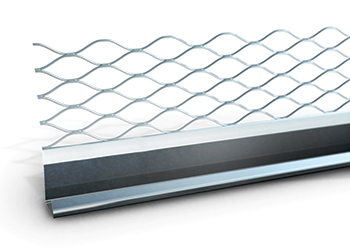
Britain has traditionally upheld high quality standards with BSI (British Standards Institute) leading the way. FIONA KORTE* of BSI Middle East and Africa, explains how companies can ensure the safety and performance of their products to remain competitive.
The world we live in is rapidly changing, and it’s becoming increasingly important for companies to not only meet their legal obligations but also remain competitive.
In order to differentiate from the competition, an organisation can take a number of actions. However, one of the most effective ways to stand out from the crowd is by investing in products and services which have been tested to the highest levels.
The BSI Kitemark is a globally recognised consumer quality mark. It provides a clear and independent confirmation of quality, safety and trust. From head, ear and eye protection to plumbing, windows and doors, the BSI Kitemark has been used for over 100 years to deliver trust for the consumer.
However, there is still widespread confusion in the industry regarding the BSI Kitemark and the CE mark. The difference between the two is simple: the first one is voluntary and meets a company’s needs and the latter is required by law and meets the intended use of the manufacturer.
There are distinctive differences between CE marking and the BSI Kitemark. Both play an important role but consumers and businesses may not be aware of exactly what these differences are. Due to the frequency with which we see the CE marking symbol on many products, there is a general misconception that CE marking covers more than it actually does.
CE marking attached to a product is a manufacturer’s claim that it meets all the requirements of the European legislation. These are the minimum legal requirements. In its simplest form, CE marking may cover a single performance characteristic and require no involvement of a third party, it is a manufacturer’s self-declaration and means it is legal to place the product on the market. At its most complex level, it requires a Notified Body (NB) to select samples, conduct the tests, regularly assess the factory production control and take further samples, however this level of NB involvement is rare and limited to a few safety critical products.
For the majority of products, CE marking requires the manufacturer to obtain NB test evidence for a few characteristics and declare its factory’s product control meets the requirements laid down in the standard. In many cases, the test data may be cascaded to them from their suppliers and they may never have a test carried out on one of their products.
The BSI Kitemark is very different. It goes much further than CE marking and covers many more characteristics, not to mention the regularity of testing and the way in which products are produced using factory production controls.
For example, CE marking covers the essential characteristics for testing for windows and doors (not on escape routes). These are mandatory: dangerous substances; load-bearing capacity of safety devices; and thermal transmittance.
However, the additional characteristics tested for by the BSI Kitemark are weather-tightness, operating forces for PVCu (unplasticised polyvinyl chloride), durability, and security.
One of the many advantages of the BSI Kitemark is the reassurance that it gives customers. It’s ultimately a message of quality, safety and trust. For example, BSI visit the manufacturer, assess its factory production control system and monitor its quality management system to ensure continuing quality production. BSI’s independent certification verifies the product’s performance, it tests and assesses the manufacturer’s product and quality management system and confirms the manufactures performance claims.
Whilst many health and safety executives are rightly focusing on their legal obligations, they must not lose sight of the commercial need to ensure a robust market position and secure a competitive edge.
Test evidence, factory production control processes, performance claims and CE labels are no longer ‘nice to haves’ but ‘need to haves’ within this environment. This means that professionals in the health and safety industry must think carefully about the performance they need from CE marked products and consider if the CE mark goes far enough. In a world where product performance via the CE mark is common place, the CE mark alone may not be strong enough to provide a competitive edge or meet a company’s true needs.
* Fiona Korte is general manager – product certification – at BSI Middle East and Africa.
BSI is the business standards company that helps organisations to embed excellence into the way people and products work. It aims at showing businesses how to improve performance, reduce risk, and achieve sustainable growth. As a global leader in helping organisations improve, its clients range from high profile brands to small, local companies in 150 countries worldwide.





















_0001.jpg)


.jpg)
















.jpg)








.jpg)



